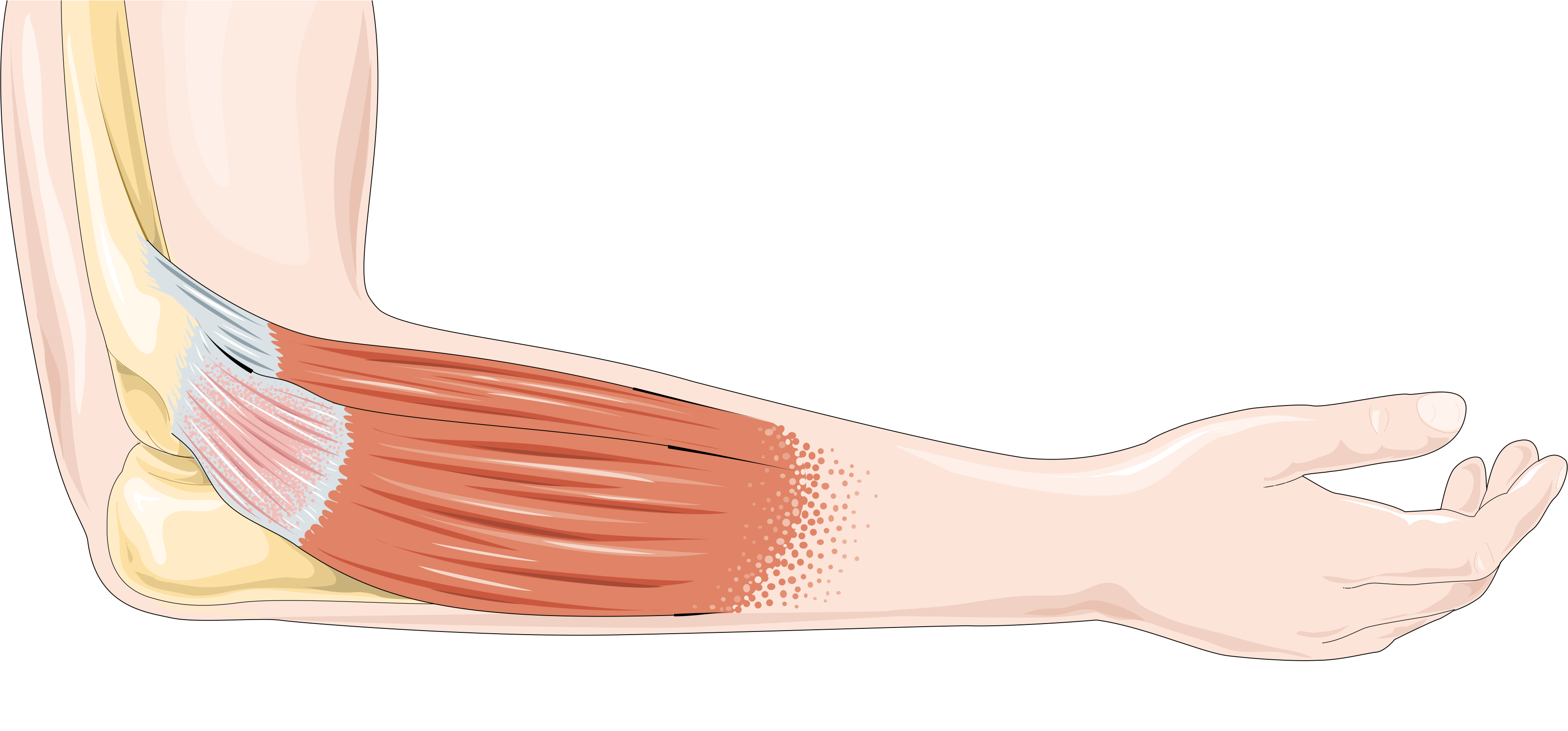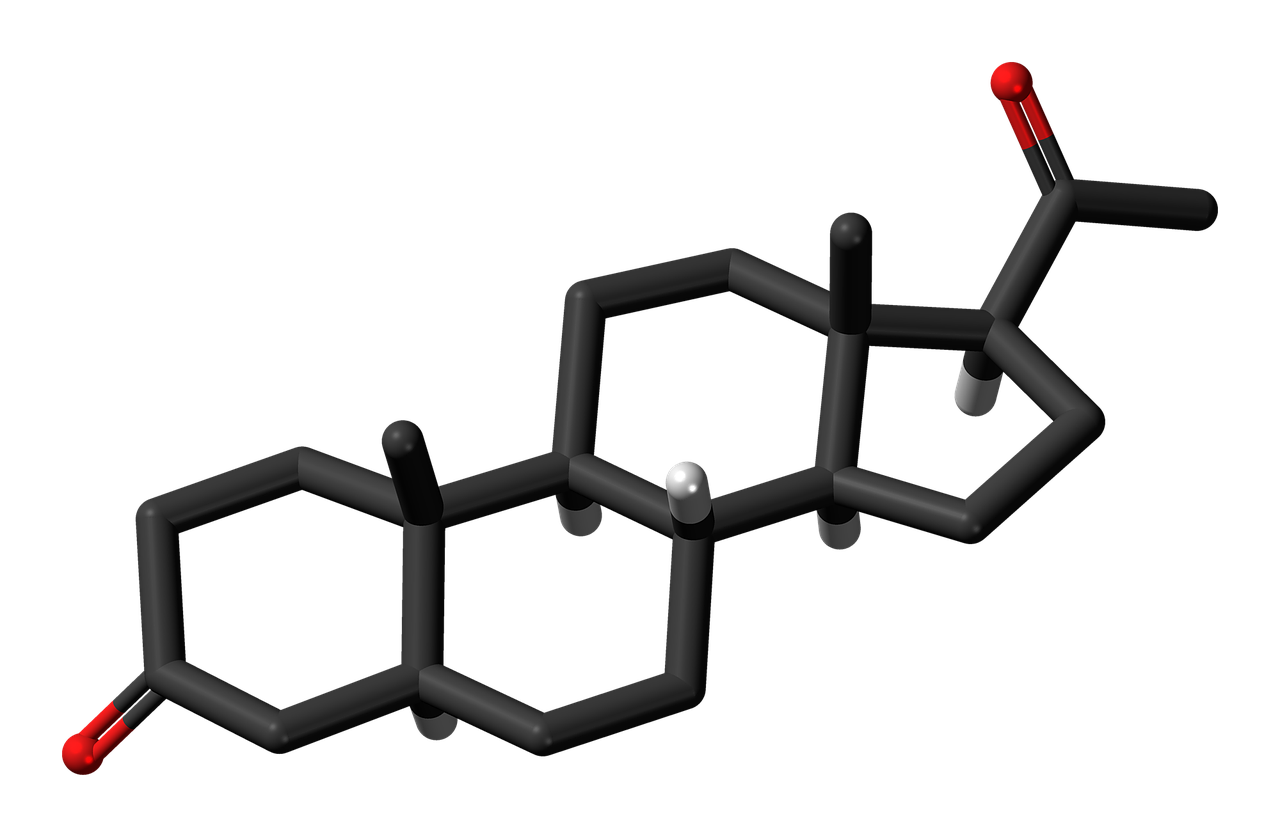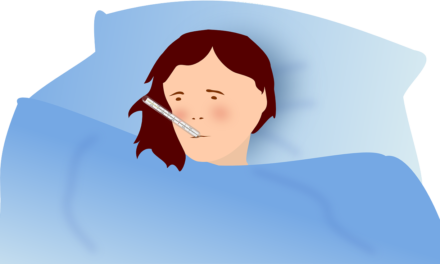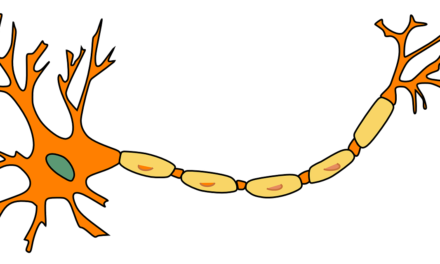Steroids are a class of compounds that play crucial roles in various physiological processes within the human body. However, when it comes to steroids, it’s important to distinguish between corticosteroids and anabolic steroids, as they serve vastly different purposes and have distinct effects on the body. This article aims to shed light on these two categories of steroids, exploring their functions, applications, mechanisms of action, common examples, side effects, and key differences.
Corticosteroids: Soothing Inflammation and Immune Response
Corticosteroids, often referred to simply as steroids in medical contexts, are naturally occurring hormones produced by the adrenal glands. They play a vital role in regulating inflammation and the immune response. In the medical field, synthetic versions of corticosteroids are widely used to treat a range of conditions, such as inflammatory disorders, autoimmune diseases, and allergies.
These steroids work by suppressing the immune system’s inflammatory response. They inhibit the production of certain chemicals involved in inflammation, helping to alleviate symptoms and manage chronic conditions. Common examples of corticosteroids include prednisone, dexamethasone, and hydrocortisone. However, it’s important to note that while corticosteroids offer significant therapeutic benefits, they also come with a range of potential side effects, both in the short-term and long-term. These may include weight gain, high blood pressure, and increased susceptibility to infections.
Anabolic Steroids: Building Muscles and Hormone Replacement
On the other hand, anabolic steroids, also known as anabolic-androgenic steroids (AAS), are synthetic substances designed to mimic the effects of the male sex hormone testosterone. Unlike corticosteroids, anabolic steroids are primarily used to promote muscle growth and enhance physical performance. They are often employed in medical settings to address conditions involving muscle wasting or hormone deficiencies.
Anabolic steroids function by binding to androgen receptors in cells, which leads to an increase in protein synthesis and a reduction in the breakdown of muscle tissue. This results in enhanced muscle mass and strength. Common examples of anabolic steroids include testosterone, nandrolone, and stanozolol. However, it’s important to emphasize that the misuse or abuse of anabolic steroids, especially in non-medical contexts, can lead to serious health complications, including liver damage, cardiovascular issues, and hormonal imbalances.
Key Differences Between Corticosteroids and Anabolic Steroids
The distinction between corticosteroids and anabolic steroids lies in their biological effects, medical applications, mechanisms of action, examples, and associated risks. Corticosteroids primarily target inflammation and immune responses, while anabolic steroids focus on muscle growth and hormonal balance. Understanding these differences is crucial for informed and safe use.
Similarities and Cautionary Notes
Despite their disparate functions, corticosteroids and anabolic steroids share a commonality in their steroidal nature and the fact that both have synthetic variations. However, it is imperative to approach these substances with caution, seeking guidance from healthcare professionals before embarking on any steroid-related treatments.
In conclusion, recognizing the distinction between corticosteroids and anabolic steroids is essential for making informed decisions regarding their use. While corticosteroids offer relief from inflammation and immune-related conditions, anabolic steroids are geared toward promoting muscle growth and hormone balance. It is of paramount importance to consult with healthcare professionals to ensure the safe and appropriate use of these powerful compounds. By doing so, individuals can harness the therapeutic benefits of steroids while minimizing potential risks and side effects.
FAQs
Q1: What are corticosteroids and anabolic steroids?
A1: Corticosteroids are naturally occurring hormones that regulate inflammation and the immune response. Anabolic steroids, on the other hand, are synthetic substances designed to mimic the effects of the male sex hormone testosterone, primarily focusing on muscle growth and physical performance.
Q2: How do corticosteroids work in the body?
A2: Corticosteroids work by suppressing the immune system’s inflammatory response. They inhibit the production of certain chemicals involved in inflammation, helping to alleviate symptoms and manage chronic conditions.
Q3: What are some common examples of corticosteroids?
A3: Common examples of corticosteroids include prednisone, dexamethasone, and hydrocortisone.
Q4: What medical conditions are corticosteroids used to treat?
A4: Corticosteroids are used to treat a range of conditions, including inflammatory disorders, autoimmune diseases, and allergies.
Q5: How do anabolic steroids function in the body?
A5: Anabolic steroids function by binding to androgen receptors in cells, leading to an increase in protein synthesis and a reduction in the breakdown of muscle tissue. This results in enhanced muscle mass and strength.
Q6: What are some common examples of anabolic steroids?
A6: Common examples of anabolic steroids include testosterone, nandrolone, and stanozolol.
Q7: What are some potential side effects of corticosteroids?
A7: Potential side effects of corticosteroids may include weight gain, high blood pressure, and increased susceptibility to infections.
Q8: What are some potential risks associated with the misuse of anabolic steroids?
A8: The misuse or abuse of anabolic steroids, especially in non-medical contexts, can lead to serious health complications, including liver damage, cardiovascular issues, and hormonal imbalances.
Q9: What is the importance of consulting healthcare professionals before using steroids?
A9: Consulting healthcare professionals before using steroids is crucial to ensure safe and appropriate use. They can provide guidance on dosage, and potential risks, and monitor for any adverse effects.
Q10: What is the main takeaway regarding the use of corticosteroids and anabolic steroids?
A10: It is important to understand the distinct purposes and effects of corticosteroids and anabolic steroids to make informed decisions regarding their use. Consulting healthcare professionals is key to maximizing the benefits while minimizing potential risks and side effects.
Author

Dr. Aditya K. Sharma
I am Dr. Aditya Sharma, a dedicated urologist specializing in kidney transplants and advanced urological surgeries. My career is driven by a passion for delivering exceptional care and pioneering surgical techniques. Outside the operating room, I have a keen interest in studying the effects of anabolic steroids on bodybuilding, seeking to understand the fine line between enhancing performance and maintaining health.








